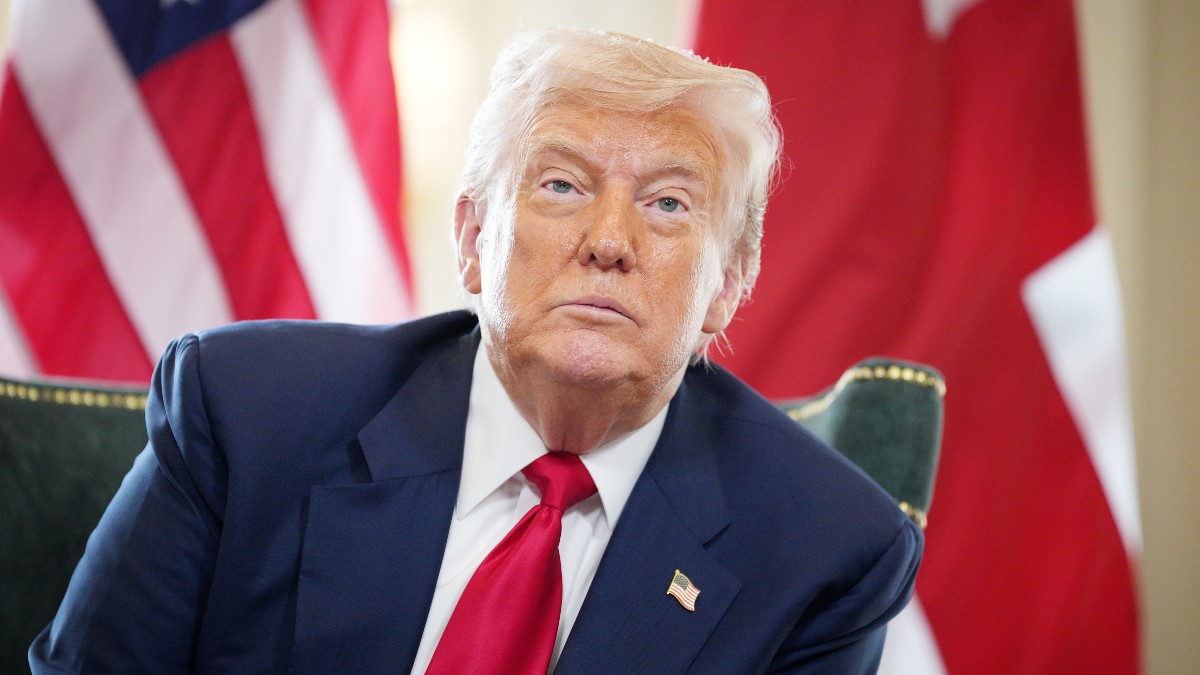“Fetal position” to fighting position. California Governor Gavin Newsom has launched a bold political counteroffensive, announcing plans for a November special election asking voters to approve new congressional maps explicitly designed to boost Democratic candidates. This aggressive move, reported by Politico on August 2, 2025, marks a significant escalation in the national battle over redistricting, directly challenging Republican advantages gained through gerrymandering in states like Texas.
Governor Newsom framed the push as a necessary response to former President Donald Trump‘s agenda and GOP redistricting tactics. “I’m not going to sit back any longer in the fetal position, a position of weakness, when in fact California can demonstrably advance strength,” Newsom declared at a news conference. He argued Trump’s actions left Democrats in blue states like California with no alternative but to take assertive countermeasures. The proposed special election would ask voters to temporarily bypass the state’s independent redistricting commission and empower the Democratic-controlled legislature to draw new House district boundaries before the 2026 midterms.
How Will California’s Redistricting Push Impact National Politics?
The political calculus is fraught with risk for California Democrats. While they hold supermajorities in the State Legislature, sufficient to place the measure on the ballot with a two-thirds vote, Newsom is compelling lawmakers into uncharted and potentially perilous territory. The campaign itself faces immense hurdles: it will be enormously expensive, requiring massive fundraising on a tight deadline to educate and mobilize voters. Success hinges on leveraging potent anti-Trump sentiment to overcome voter skepticism about handing redistricting power back to politicians for overtly partisan gain.
Conservative opponents, potentially including Trump himself, are likely to heavily invest in defeating the measure, transforming a state issue into a high-profile national referendum. This could open a costly new front in the ongoing conflict between Democrats and the Trump-aligned GOP, mirroring recent clashes over federal actions like National Guard deployments in Los Angeles. The new maps, if approved, would remain in effect for the 2026, 2028, and 2030 elections. After that, the independent commission would resume its constitutionally mandated role. Strategists anticipate the legislature would collaborate with California’s Democratic House delegation to craft maps making Republican-held seats more competitive, while carefully avoiding shifts that endanger vulnerable Democratic incumbents.
Newsom emphasized the move is a targeted, temporary response to systemic imbalance, not a permanent dismantling of California’s independent redistricting system. “The goal is not to eliminate the independent commission permanently but to provide a temporary response to what he calls the ‘rigging of the system’ by Trump,” sources clarified. The Governor had initially explored having the legislature simply draw new maps without voter consent but ultimately opted for the politically safer, though still challenging, route of seeking voter approval via the special election.
California’s high-stakes redistricting gamble represents a pivotal moment in the national fight for political power. By calling this special election, Governor Newsom bets that outrage over Trump-era tactics will outweigh voter distrust of partisan mapmaking. The outcome will reverberate far beyond state lines, potentially reshaping the U.S. House battlefield for a decade and testing the limits of blue-state resistance. Follow developments closely as this critical political showdown unfolds.
Must Know
Q: Why is Governor Newsom calling for a special election on redistricting?
A: Newsom argues it’s a necessary countermeasure to Republican gerrymandering in states like Texas, claiming the national political map is unfairly rigged. He wants California Democrats to use their state power to gain more U.S. House seats.
Q: How would the new California House maps be created?
A: If voters approve the measure in the November special election, the Democratic-controlled State Legislature would temporarily take over the redistricting process from the independent commission. They would draw new congressional district boundaries designed to favor Democratic candidates.
Q: Is California permanently eliminating its independent redistricting commission?
A: No. Governor Newsom stresses this is a temporary measure. The legislature-drawn maps would only be used for the 2026, 2028, and 2030 elections. After 2030, the independent commission would resume its role in drawing district lines.
Q: What are the main risks for Democrats in this special election?
A: The campaign will be extremely costly and faces voter skepticism about partisan mapmaking. It could energize conservative opposition nationally, turning the vote into a proxy war against Trump and the GOP. Failure could be a significant political setback for Newsom and state Democrats.
Q: How many elections would the new maps cover?
A: The new congressional district maps approved via this special election process would be used for three election cycles: 2026, 2028, and 2030.
Q: Could this special election backfire on California Democrats?
A: Yes. If voters reject the measure, it would be a major embarrassment for Newsom and signal limits to anti-Trump mobilization. It could also solidify arguments that independent commissions are preferable to partisan map-drawing, even in blue states.
iNews covers the latest and most impactful stories across
entertainment,
business,
sports,
politics, and
technology,
from AI breakthroughs to major global developments. Stay updated with the trends shaping our world. For news tips, editorial feedback, or professional inquiries, please email us at
[email protected].
Get the latest news and Breaking News first by following us on
Google News,
Twitter,
Facebook,
Telegram
, and subscribe to our
YouTube channel.




